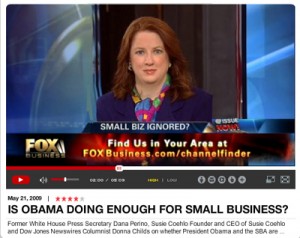I chose this graphic because it was a more optimistic image than my 9/11 World Trade Center photographs, several of which I have already published on this site. But while the image is positive, the message is not. A sunset provision repeals all or part of the law on a specific date, unless further legislative action is taken to extend it. Most laws do not have sunset clauses; they remain in effect indefinitely. Such is not the case with the Terrorism Risk Insurance Act (TRIA), which became a U.S. federal law in 2002. The Act authorizes the federal government to provide a reinsurance backstop for insurance claims related to terrorism and was motivated by the events of 9/11. Indeed, in the first edition of Prepare for the Worst, Plan for the Best: Disaster Preparedness and Recovery for Small Businesses (John Wiley & Sons Inc., second edition, 2008), I wrote, in connection with terrorism insurance, that “several countries particularly exposed to the risk of terrorism – the United Kingdom, Spain, South Africa and Israel – have special government support to cover these risks, but they are the exceptions. Most countries implicitly allow the commercial underwriting of terrorist risks….now, the new dimensions of terrorism call for some type of private sector-public sector solution. Until such time as a solution is put forward, however, insurance companies will pay significant premiums for reinsurance cover because they now realize that they cannot afford to be without it.” The first edition went to press early in 2002 for publication in October and six weeks after the book came out, this prediction came true with respect to TRIA. Soon thereafter, France and Germany each passed similar legislation to deal with terrorism insurance in their countries.
However, TRIA was intended to be a temporary measure to afford time to the insurance industry to develop its own solutions to cover terrorist risks. TRIA was set to expire, or sunset, on December 31, 2005. Congress extended it for two years to December 31, 2007 and then on December 26, 2007, five days before it was due to expire, extended TRIA once more through December 31, 2014. The lengthy extension was to compensate for the market disruptions caused by the delay in dealing with TRIA only five days before its scheduled expiration. But it won’t likely be extended again. In connection with its budget proposal, the Obama Administration wishes to phase out TRIA at its scheduled expiry in 2014. The stated motive is to realize $263 million in budget savings.
The threat of terrorism in the U.S. has not diminished and the global threat environment has actually increased since 9/11 with events like the Mumbai attacks and bombings in London and Madrid. Aon, a leading commercial insurance brokerage, estimates that 70 – 80% of the commercial property market, by per risk capacity, will revert to absolute exclusions for terrorism. Aon derived this estimate based on prior periods when TRIA’s fate was in question. There is no need to take action now, but we should have this issue on our radar screen. It was because of presidential fiat that many 9/11 terrorist claims were paid by the insurance industry (even though for most policies they had probably been excluded) because the alternative was economic catastrophe. The issues around TRIA impact domestic terrorism as well, such as the Oklahoma City bombings. The turbulence in the commercial real estate market around the most recent sunset provision was extreme, so we should plan how to deal with this well in advance of TRIA’s expiration, assuming of course, that the Administration’s recommendation for the phase-out is accepted.









